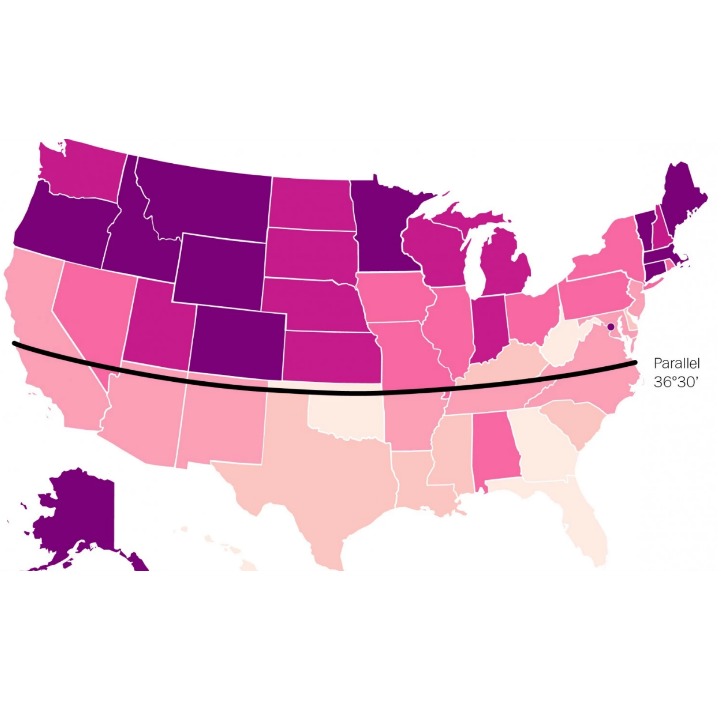
This Week: There’s a creative divide in America but it’s not where you think… Rethinking the modern concert hall in favor of the audience… Is glamour an ineffective sell for pop music?… A link between audience attendance and donations (not what you think)… Why has reading of literature declined?
- America’s Creative Divide Isn’t Where You’d Think: Conventional wisdom is that America’s coasts are its creative corridors – NY versus LA in simple terms. But new NEA data on artistic activity and audience behavior suggests that the divide isn’t between the coasts and the middle but between north and south. “As you can see from the map, the study found a surprisingly wide range of arts participation between states. At one end of the spectrum, folks in places such as West Virginia, Oklahoma and Florida seemed to have little interest in doing art — participation levels there hovered around 30 percent. By contrast, people in states such as Colorado, Vermont, Montana and Oregon were roughly twice as likely to personally create or perform artwork.” So what is the correlation? Between income levels? Education? The NEA offers some suggestions.
- If You Were Rethinking A Concert Hall, What Would You Want In It? The New York Philharmonic is redoing its home a Lincoln Center. So what should be the aim? Movie theatres have upgraded the physical experience of going to the theatre, so why not concert halls? Let’s not just assume that basic seats and acoustics are enough. Michael Cooper has some ideas: “Of course they need to fix the acoustics. … But what about the little things that can make all the difference when it comes to creating a concert hall that people will fall in love with? The things that might not rise to the top of the to-do list when planning a mega-project that is expected to begin in 2019 and cost on the order of a half-billion dollars?”
- Is The Glamour-Driven Pop Music Model In Decline? For a long time pop music has been sold as much by the glitz and glitter of stars. Music videos and MTV certified the success of this approach long ago. But something has changed: “Consider this fact: more people watched The Great British Bake Off the previous week. Online streams for the MTV show were up, but that offers little consolation to promoters who depend on TV advertising to fund their gala events. Those golden days when Miley Cyrus twerked her way to MTV rating success now seem a blurred, distant memory.”
- Is There A Relationship Between High Audience Numbers And Donations? Yes, but not the way you might assume, says a surprising new study. “A new study of arts and cultural nonprofit organizations from the University of Missouri suggests that there is no evidence that donors are influenced by high attendance numbers; in fact, it may be just the opposite, since higher attendance is linked to higher earned revenue.” For years it has been assumed that proof of audience success fuels a desire to want to donate to success.
- Why Has Reading Of Literature Declined Over The Past Few Decades? “Since the share of American adults with a bachelor’s degree or more has nearly doubled since 1982, you might expect to see a concomitant rise in literary reading. But that hasn’t happened. Indeed, previous research by the NEA has found that drops in the literary reading rate have happened across the board, among all ages, races and educational levels.”

[…] This Week In Understanding Audience Stories: America’s Creative Divide Isn’t Where You Think This Week: There’s a creative divide in America but it’s not where you think… Rethinking the modern concert hall in favor of the audience… Is glamour an ineffective sell for pop music?… A link … read more AJBlog: AJ Arts AudiencePublished 2016-09-11 […]